
With video content booming across streaming platforms, understanding video codecs has become more important than ever. Among the most discussed are H.264 and H.265—both used widely for video compression, storage, and streaming. If you’re unsure which one is better for your needs, you’re not alone.
In this guide, we’ll break down the differences between H.264 and H.265, discuss their performance, compatibility, and ideal use cases. We’ll also show you how to download high-quality videos with the DumpMedia All-in-One Video Downloader, supporting both codecs with ease.
Contents Guide Part 1: What is H.264?Part 2: What is H.265?Part 3: H.264 vs H.265: CompressionPart 4: Compatibility and PlaybackPart 5: Use CasesPart 6: How to Download H.264/H.265 VideosPart 7: Conclusion
H.264, also known as AVC (Advanced Video Coding), is one of the most commonly used video codecs today. It became the industry standard for video streaming, Blu-ray, and broadcasting due to its balance of quality and compression.
Its wide compatibility across devices and platforms makes it the go-to choice for general use, especially where decoding performance matters more than file size.
H.265, also referred to as HEVC (High-Efficiency Video Coding), is the successor to H.264. It offers significantly improved compression, which means it can provide higher quality video at the same bitrate—or the same quality at a lower bitrate.
H.265 is especially useful for 4K or 8K content, where bandwidth savings are crucial. However, it requires more powerful hardware for decoding and is not as widely supported on older devices.
The primary advantage of H.265 is its superior compression efficiency. Compared to H.264, it can reduce file sizes by up to 50% while maintaining similar quality. This makes it ideal for high-resolution streaming and saving storage space.
However, this improvement comes at the cost of increased computational requirements for encoding and playback, making it less optimal for low-powered devices.
H.264 has near-universal support. It works seamlessly with most browsers, media players, and hardware. H.265 is supported by newer devices and platforms but may require additional codecs or plugins on older systems.
When choosing between them, compatibility often becomes the deciding factor unless you are targeting newer systems or aiming for optimal storage efficiency.
Use H.264 when you need broad compatibility across devices and don't require the highest compression. It’s ideal for web streaming, conferencing, and mobile playback.
Choose H.265 when dealing with 4K/8K content or large video libraries where storage and bandwidth are limited. It's perfect for premium streaming platforms and video archiving.
To download high-quality videos encoded in H.264 or H.265, use DumpMedia All-in-One Video Downloader. It supports a variety of streaming platforms and allows you to choose the output codec and format.
Step 1. Launch the software and select the streaming platform.
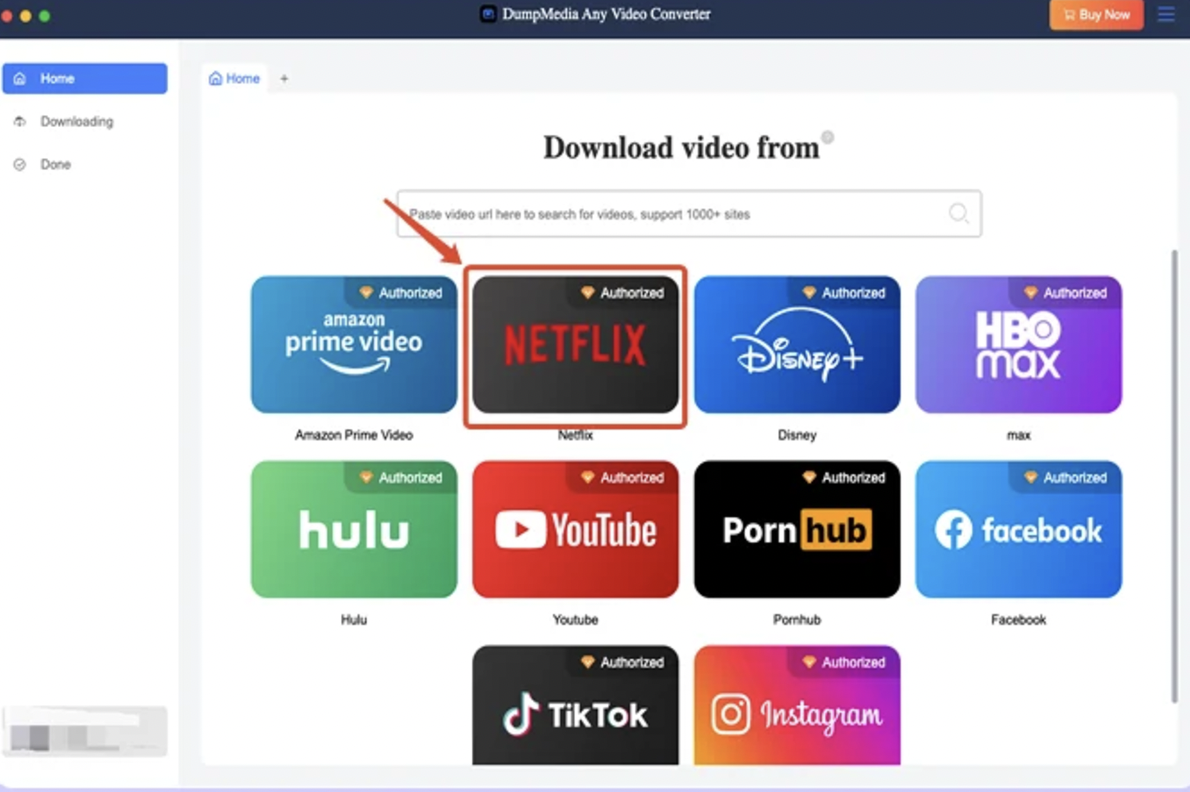
Step 2. Log into your account within the built-in browser.
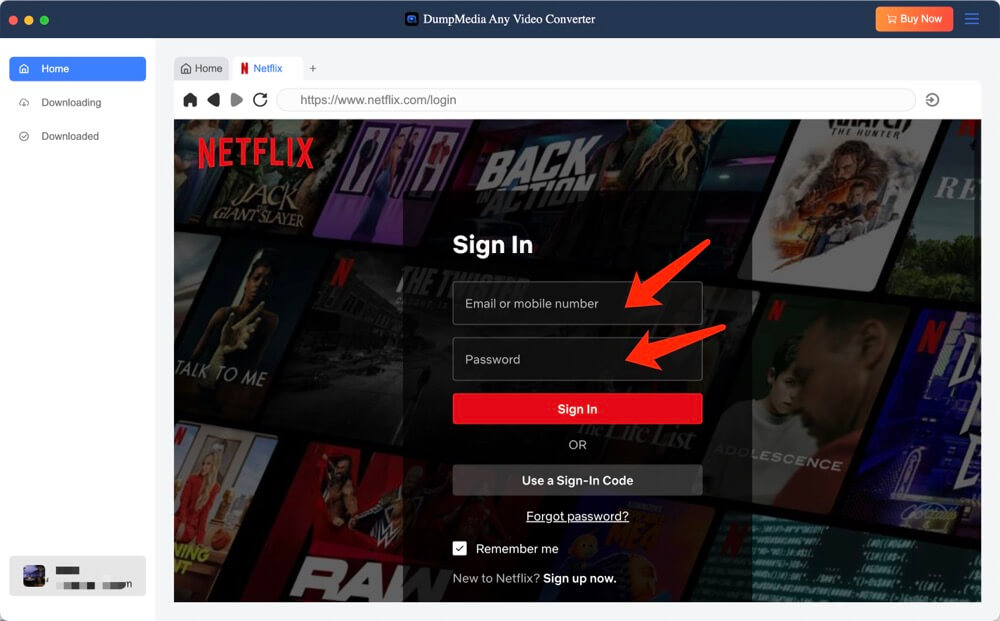
Step 3. Browse and select the movie or TV show you want to download.

Step 4. Choose the output format and codec (H.264 or H.265).
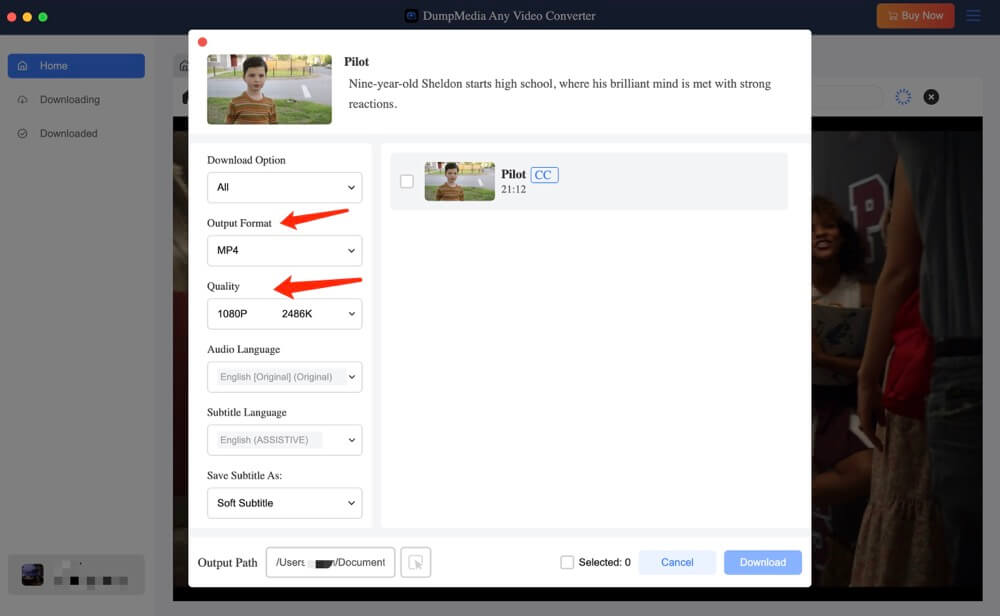
Step 5. Start the download process.
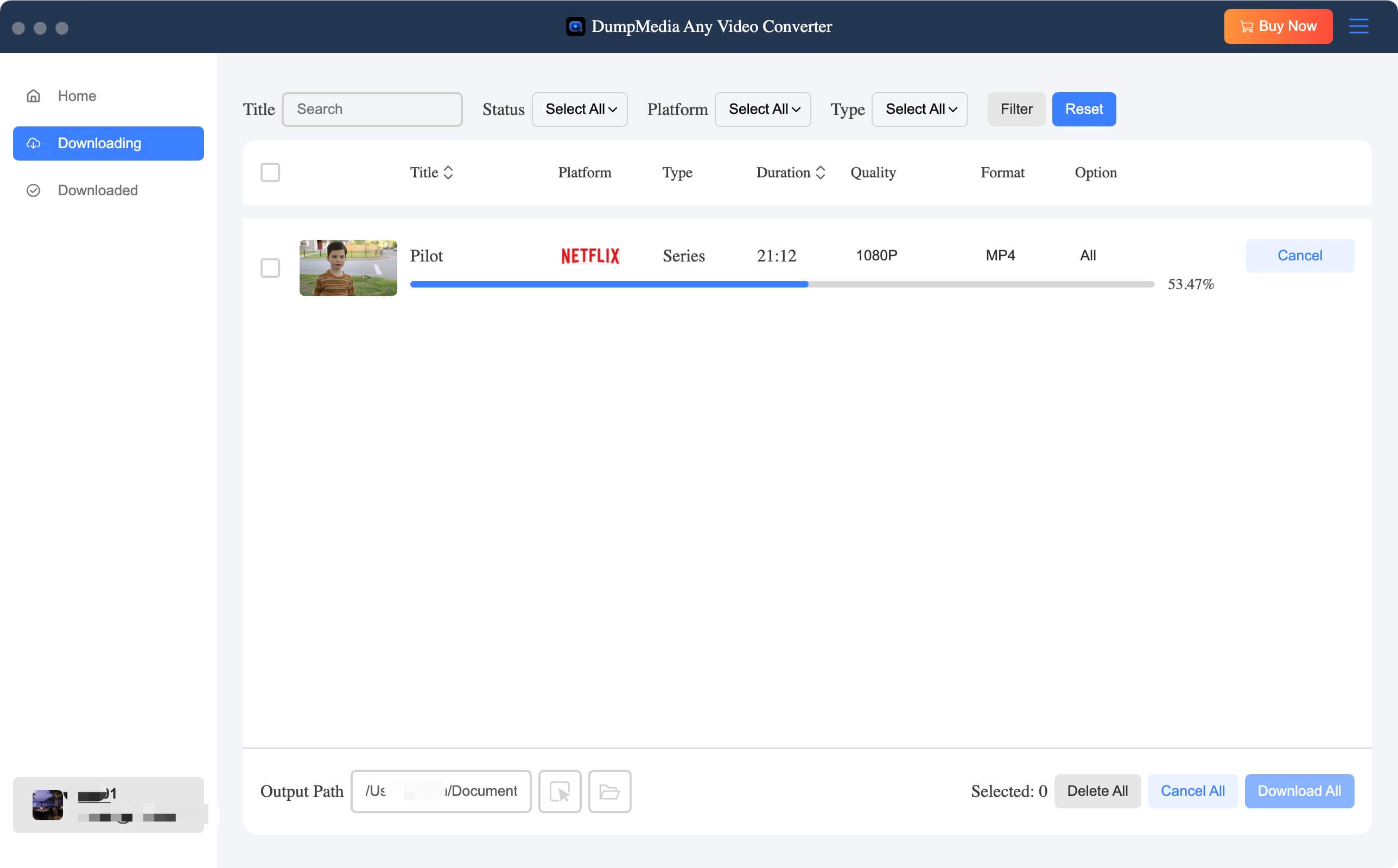
Step 6. Find your downloaded video in the output folder.
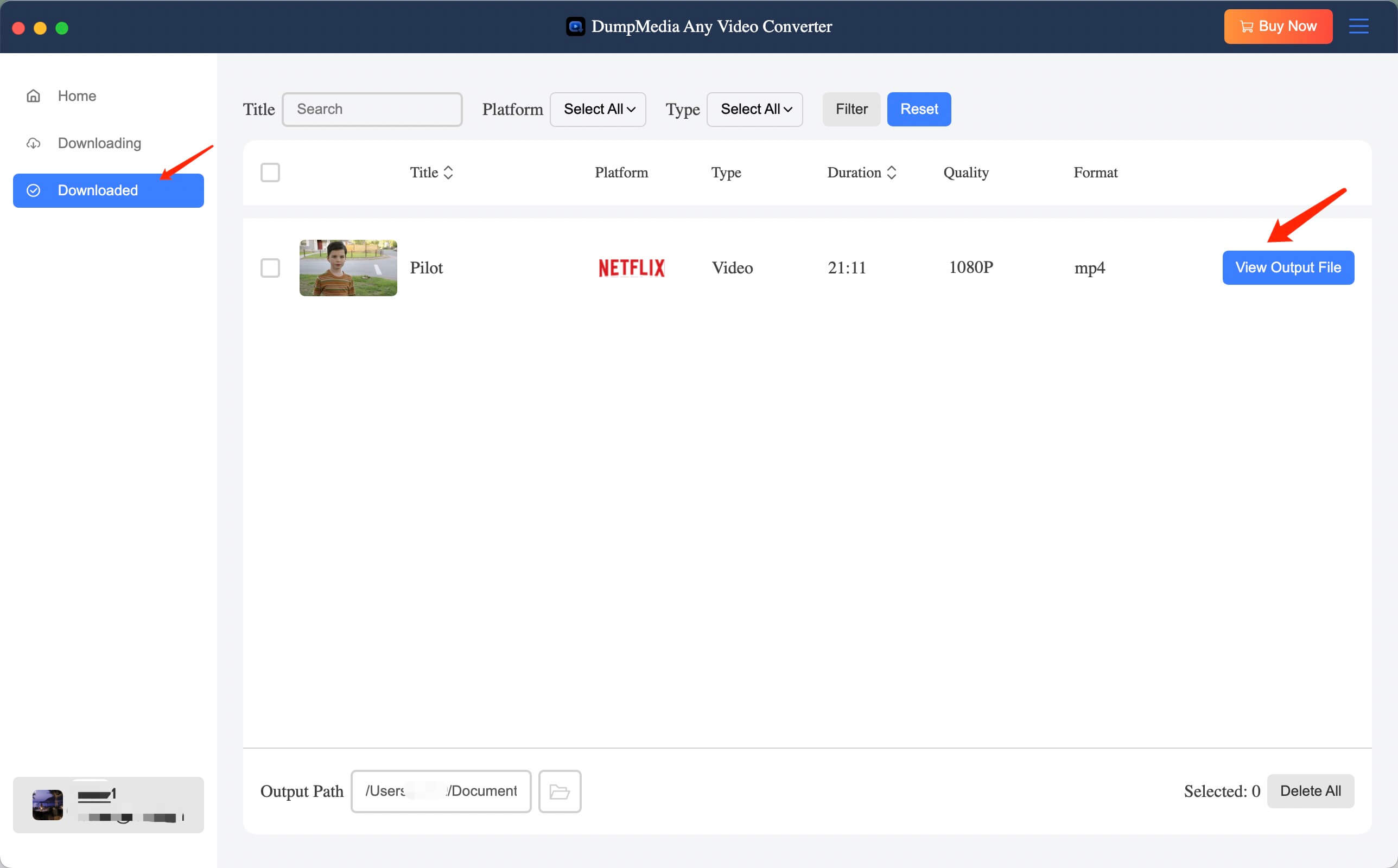
For additional guides on video downloading, check out how to download MKV movies or explore the best streaming video recorders.
Both H.264 and H.265 have their place in 2025’s digital video landscape. While H.265 offers better compression and quality, H.264 remains dominant due to its compatibility. Choose based on your specific needs and playback devices.
Whichever you prefer, tools like DumpMedia All-in-One Video Downloader ensure you can enjoy your favorite content offline—efficiently and in your desired format.
Q1: Is H.265 better than H.264 for streaming?
A: Yes, especially for high-resolution content. It provides better quality at lower bitrates.
Q2: Can DumpMedia download H.265 videos?
A: Absolutely. It supports downloading from major platforms and lets you choose between H.264 and H.265.
Q3: Is H.264 more compatible than H.265?
A: Yes, H.264 is compatible with almost all devices, while H.265 needs newer hardware or software.
